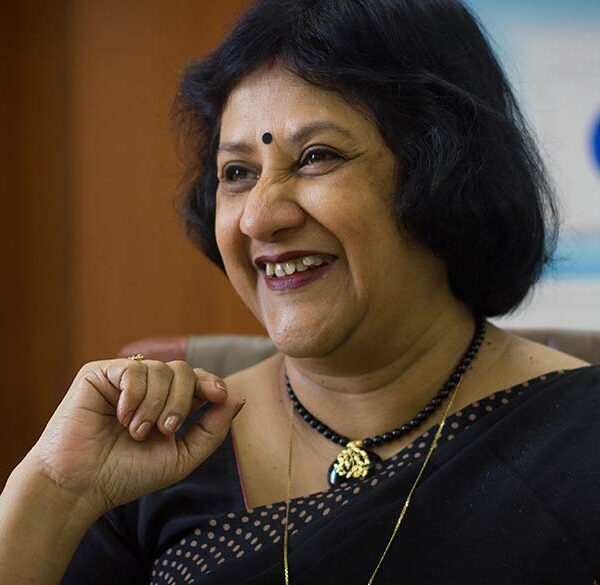This was the fourth book I was reading by Murakami. Before I dived into it, I knew that I was in for another weirdly and intricately woven magical world. Just like any other Murakami book, the complex characters of his book found a way to speak out to me at the very start and sucked me deeper into their stories making the book a fantastic page-turner throughout.
The book is a beautiful take on the intense feelings of seven men who had been in love and heartbroken. Men Without Women is not just a collection of different stories packed into one book, it is an amalgamation of contrasting characters and their individual tryst with love and its complexity.
This is further supported by the fact that the undertone of the novel is the same, despite the distinct backgrounds of characters, coming from different phases of their lives. The undertone being the universality of love.
It shows the ubiquitous yet extreme facets of love from complete ecstasy to complete eccentricity. Murakami’s style of connecting emotions with the myths and the physical world in a completely mystical manner is prevalent in yet another of his book.
Sometimes even the simplest of the things mentioned in the text without the intricate wordings conveyed the message beautifully. One of the stories that personally took me was the story of a man named Samsa who is experiencing the first day of his human existence as a grown-up man.
He is befuddled with the mechanisms of the human body and is struggling hard to understand the meaning of his existence in a body which is defenceless, complex and requires walking while balancing on two legs. Unless he meets a woman and is swept over with an overwhelmingly sweet feeling.
As the book says, “Just thinking about her made him warm inside. Yet had he been a fish or a sunflower, and not a human being, he might never have experienced this emotion. So he felt.”
It shows beautifully the acceptance of love when the men describe their ornate desires that they face through this feeling.
It feels like somehow our hearts have become intertwined. Like when she feels something, my heart moves in tandem. Like we’re two boats tied together with rope. Even if you want to cut the rope, there’s no knife sharp enough to do it.
This book speaks on many levels to anyone who’s experienced love even once in their lives. One of the best ways that Murakami does to hook the attention of the reader through his contradictory writing. For instance, his opening goes like, “Based on the many times he had ridden in cars driven by women, Kafuku had reached the conclusion that most female drivers fell into one of two categories: either they were a little too aggressive or a little too timid.”
What might look like an offensive opening to a novel is later tactfully balanced out by how the many protagonists of the book come through their belief systems through various women.
This contradictory style of giving a message is a greater indication of Murakami’s writing, telling stories of men who slowly unfold phases of their lives where a woman and love was involved.
Sometimes the men blame the women, calling them liars, manipulators or simply storytellers with dubious backgrounds and yet it manages to showcase women in a beautiful light where if not for women and if not for love, the men would lose touch with their realities.
Ending this on a beautiful note, which summed up the essence of the book is a little quote from one of the stories, “To lose all contact with women was, in the end, to lose that connection. What his time spent with women offered was the opportunity to be embraced by the reality, on the one hand, while negating it entirely on the other.”












